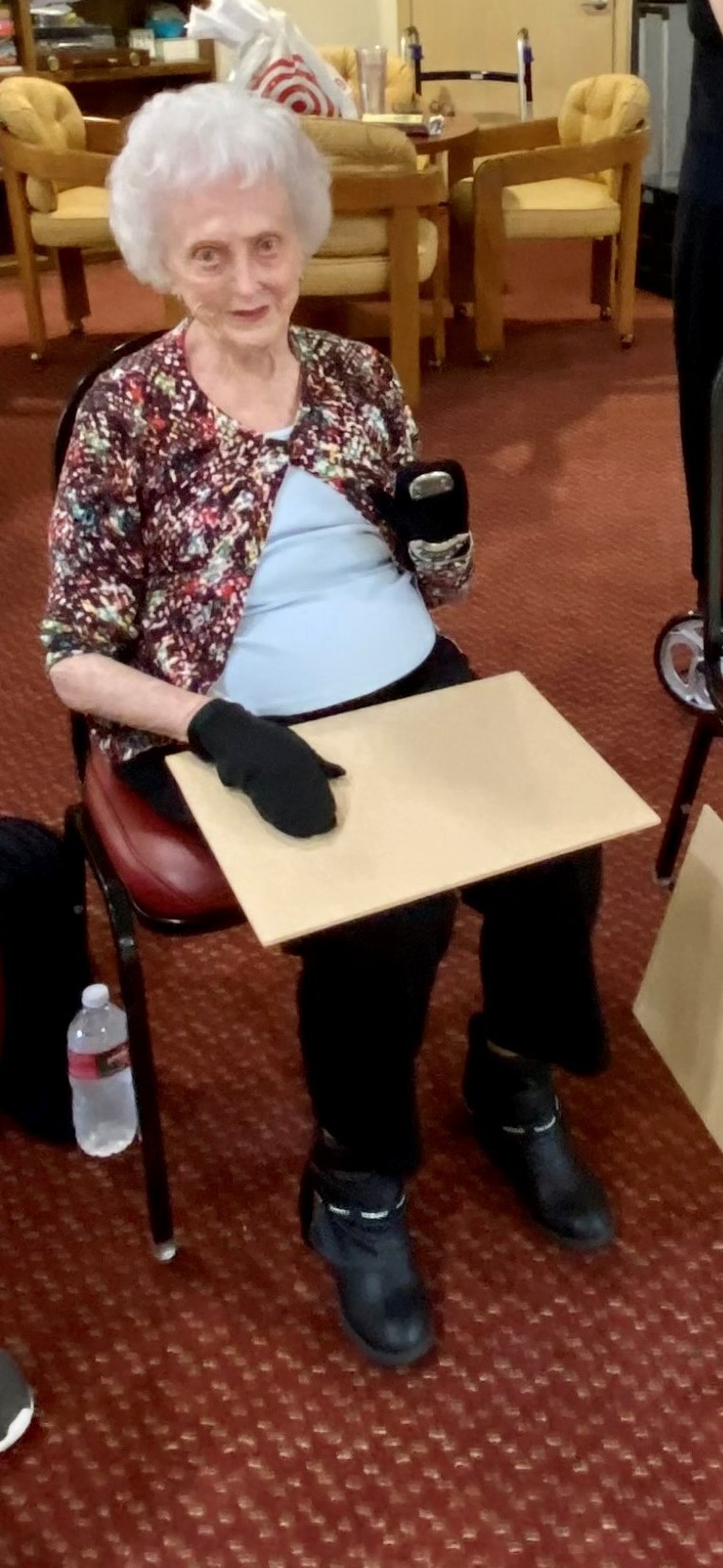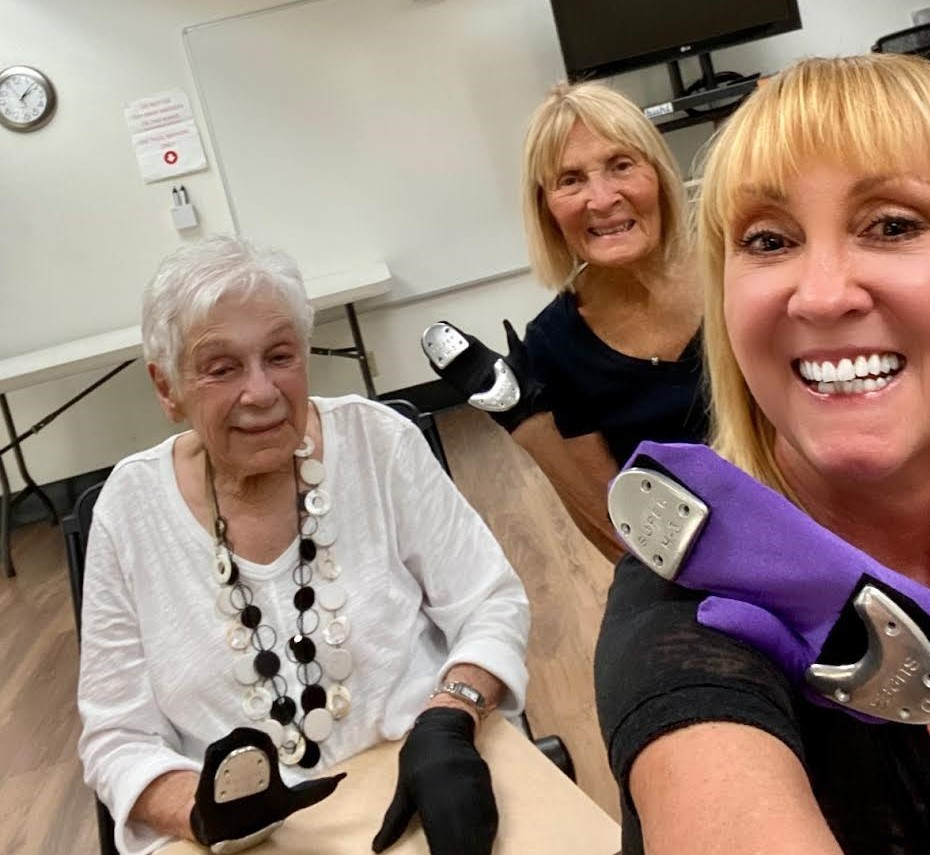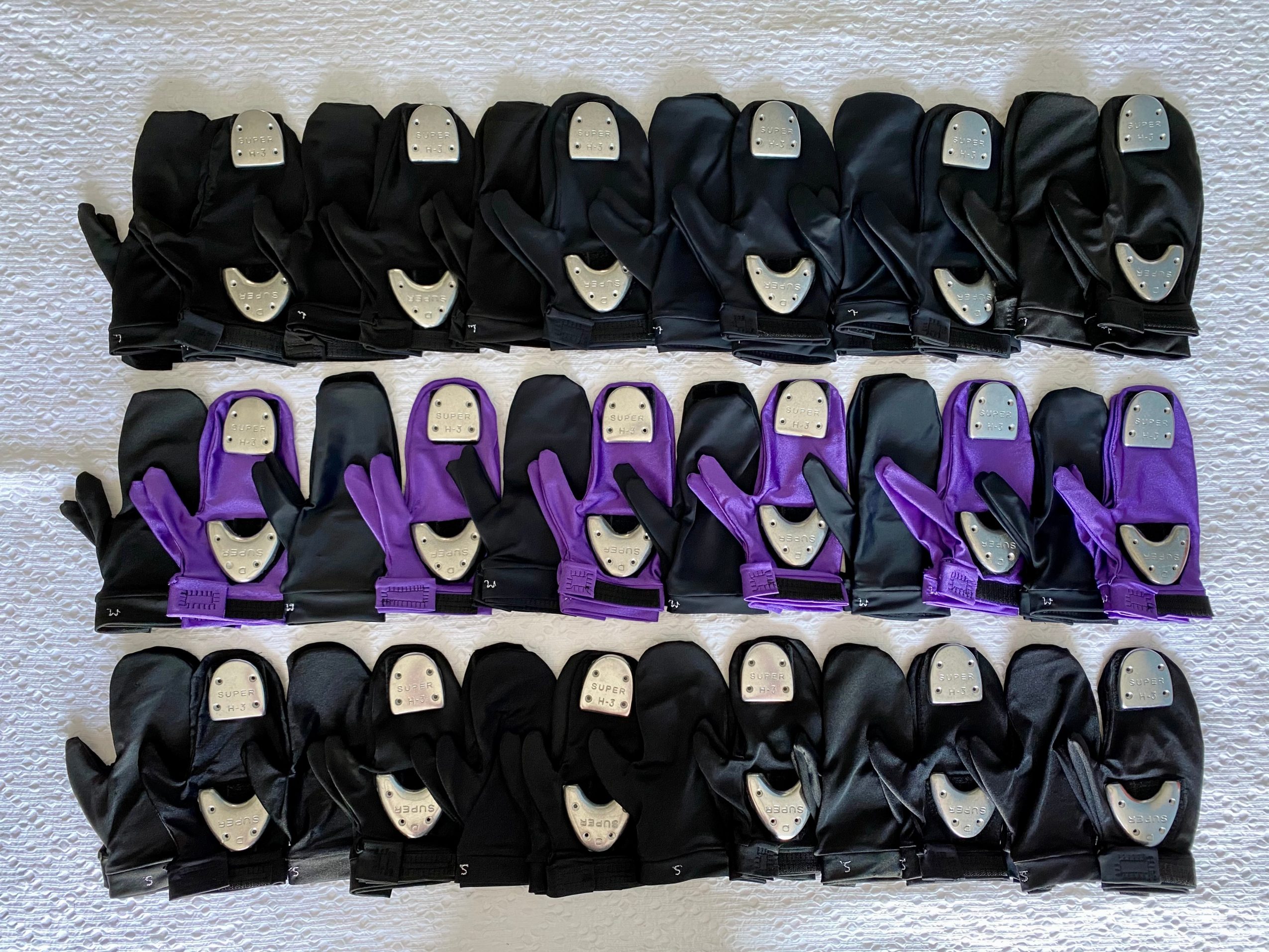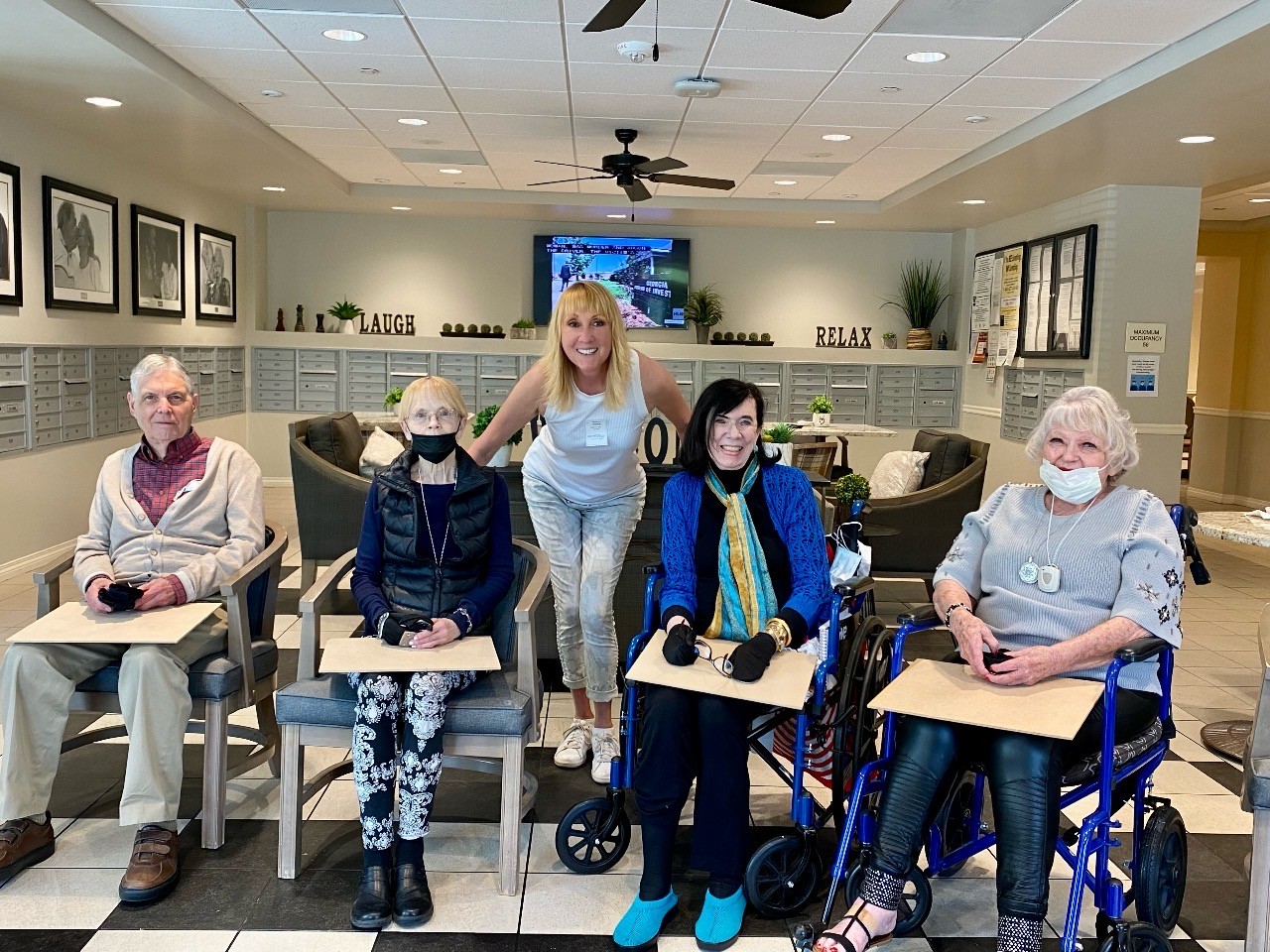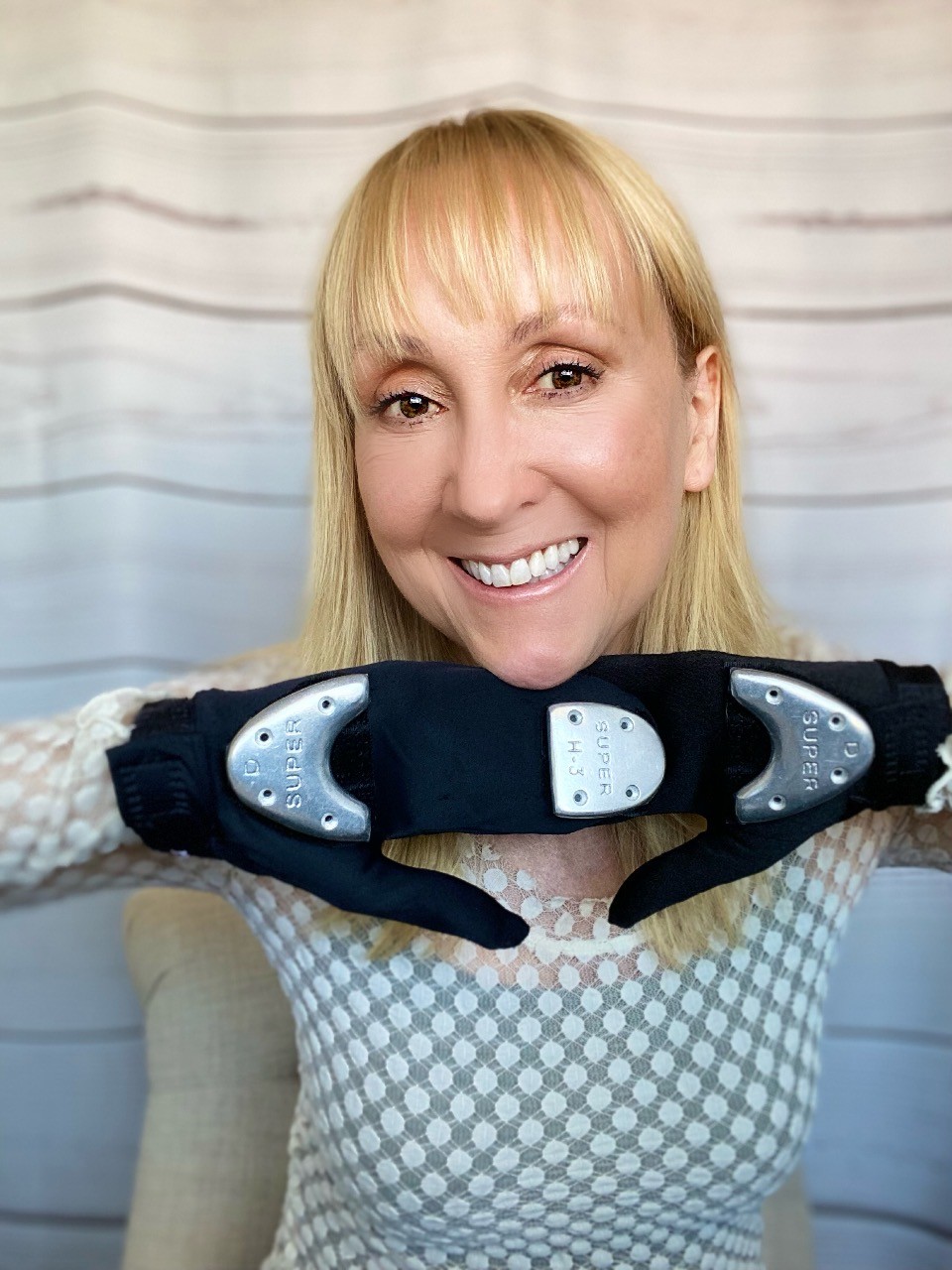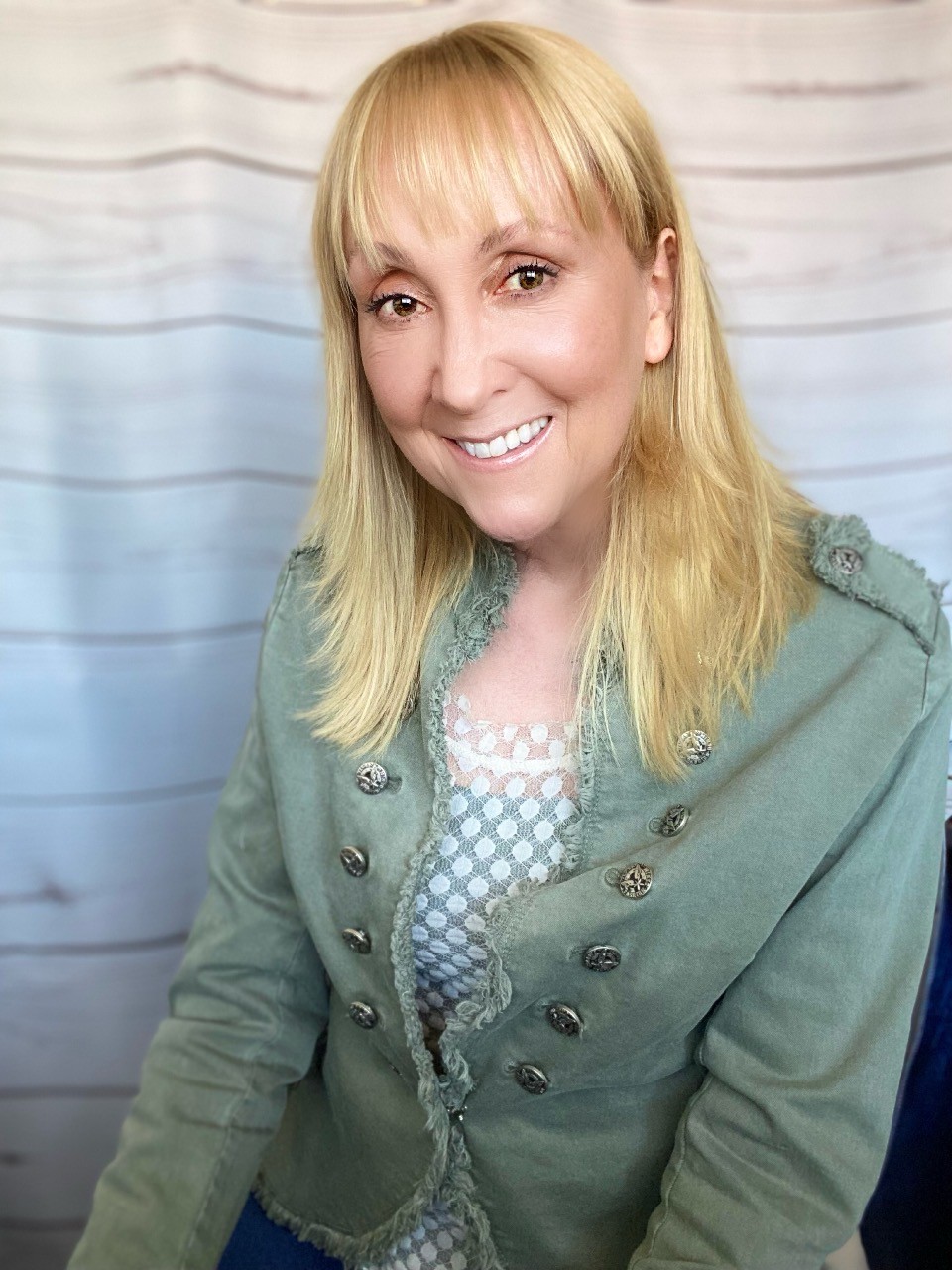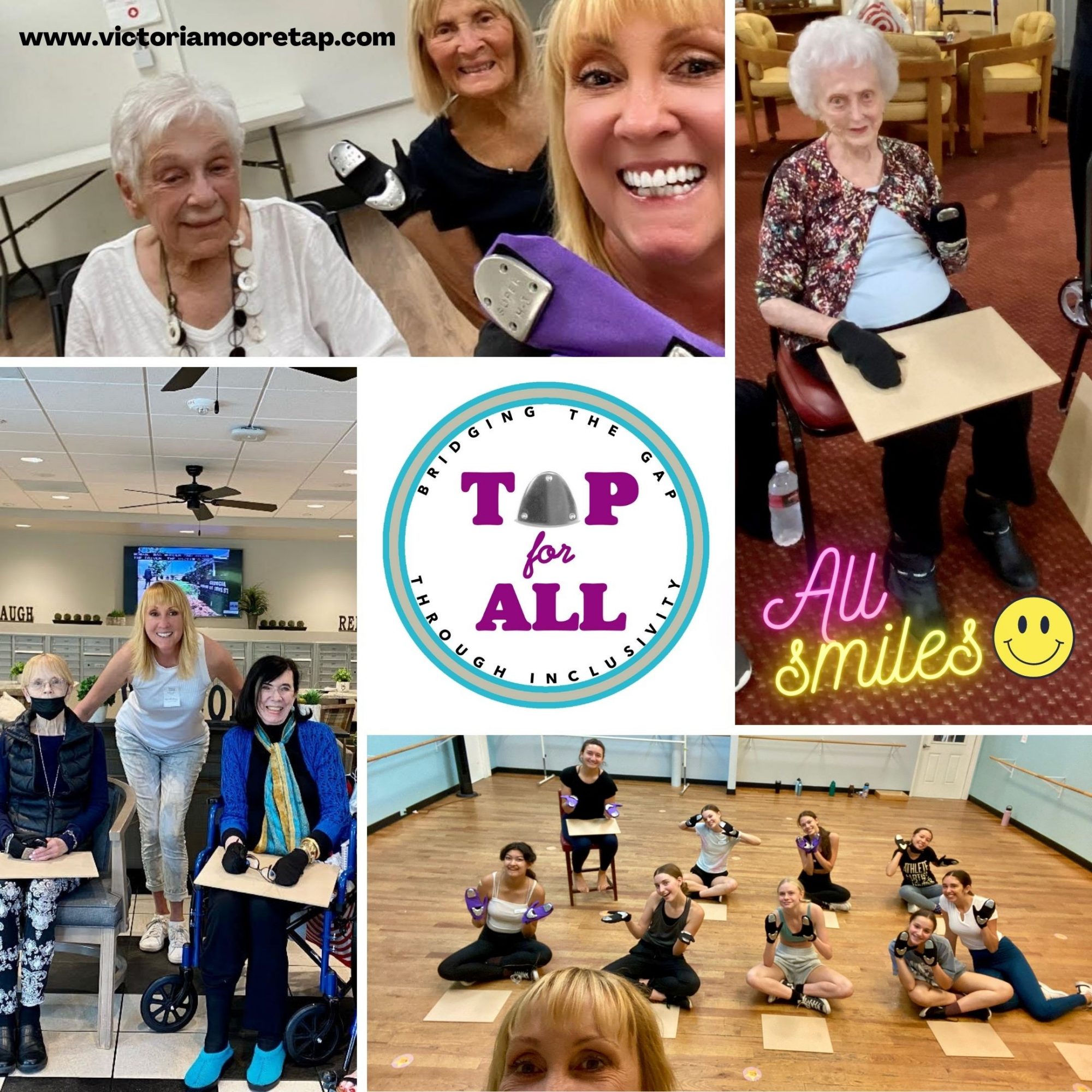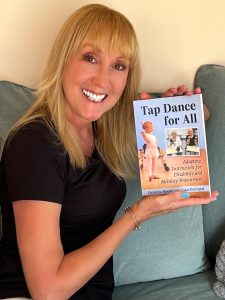
Today we’d like to introduce you to Victoria Moore.
Hi Victoria, please kick things off for us with an introduction to yourself and your story.
My story starts with dancing since the age of four years old, knowing from a young age that dance and musical theater was were I was headed. While my fellow high school classmates were working in fast food chains, I was dancing and modeling all over Chicago.
If the theater was what I wanted, then New York was where I needed to be. I was accepted into the American Academy of Dramatic Arts, and so at 18 years old, I was headed to the Big Apple. Soon after graduation, and at 20 years old, I landed my first Broadway show, Sugar Babies. When the show closed, I auditioned and landed my second Broadway show, 42nd Street. They wanted me for the Los Angeles company, and after knowing nothing but frigid winters between Chicago and New York, the warmth, Pacific Ocean and palm trees sounded heavenly.
Once my mother and I crossed into California (yes we drove from Chicago to Los Angeles so I would have a car) I knew this would be my home. That was 1984, and I’m still here today!
I’ve had the opportunity to tour around the world and back thanks to 42nd Street. But, as anyone in the theater can tell you, doing eight shows a week, plus traveling, is a young performer’s game. If you’re still dancing in shows in your 30’s and 40’s you are a rare breed indeed.
Since tap dancing is, and will always be my specialty thanks largely in part to my mother also having been a Master Tap Instructor, I went back to sharing my knowledge and expertise with the next generation of dancers coming up through the ranks. I’ve taught locally at dance studios, dance conventions from coast to coast and judged dance competitions.
One evening changed the direction of my career forever. I went to see and support a dear friend performing in a dance concert in North Hollywood, and at that show there was a talented and beautiful dancer that performed two pieces of choreography; one lyrical, one contemporary. She wasn’t just a regular stand-up, non-disabled dancer, she had cerebral palsy, and in the first piece she used her wheelchair, and in the second she utilized hand crutches.
I had never seen such artistry from a disabled dancer before. She was so invested in the story and emotion of the piece that I completely forgot that she was in a wheelchair or using hand crutches. She took me on the journey of that choreography. I have many times critiqued dancers when judging dance competitions for not being able to do just that.
On the drive home from the concert, it dawned on me that the amazing dancer with cerebral palsy I had just watched would never be able to enjoy the dance form I have devoted my entire life and career to. Of course, you need to stand in order to tap dance, or do you? As I continued to drive home the wheels in my mind started spinning. I thought, “Tappers are percussionists, so what if I brought tap dancing back up to the hands? And what if I took the taps off the shoes and put them on some sort of glove or mitten, and what if I used a laptop-sized lightweight board to tap on, one that could fit in a lap of a wheelchair user or be placed on top of a table?”
I was so excited about this idea I called my Mom in Chicago from the car to run it past her. She was in her 80’s at that point, and I thought that she could benefit from this, as she was unsteady on her feet at that point. This would give my Mom a way to keep choreographing, stay creative and mentally active. She LOVED the idea! Tap was about to go from the most exclusive dance form there is to an inclusive genre that welcomed all dancers. Not only was this new program going to open the dance door and welcome dancers of all abilities, it was going to start chipping away at the pre-determined mindset of the general public, shifting the perspective of what dance is and what a dancer looks like.
At that time Mom and I had been working on a book about her incredible methodology teaching tap. When I approached her with the idea about morphing the book into something that could teach other tap educators how to open the door to dance to the two populations completely being left out of the dance equation, seniors and the disabled, she resoundingly said, “Absolutely! Let’s do it!”
Once I began doing my research, I discovered that the benefits of dance, not only physically but more importantly cognitively, had been studied since the early 2000’s. Study after study proved the enormous cognitive benefits that dance has. It quite literally has been proven to not only help stave off diseases and conditions such as dementia, Parkinson’s, and Alzheimer’s, but it can also help slow down the progression once someone starts heading down that road. It’s also hugely beneficial for rehabilitation for those who’ve suffered a stroke.
How does dance accomplish this? When you are asked to execute dance steps, in a certain order, to a certain rhythm, you are creating new neural pathways in your brain. Those new neural pathways are the key to slowing down the progression of those life-robbing diseases and conditions. Tap reigns supreme when it comes to creating those new pathways because it’s the only dance form that requires you to play an instrument while performing the choreography and conveying the essence of the piece. You certainly would not see a ballerina playing a piccolo or a jazz dancer playing a guitar!
All of this was around 2017. By the end of April 2018, the unthinkable happened. The other half of my heart, my partner in all things dance, and the woman I admired most in the world, my mother, died suddenly and unexpected in a horrific car crash. This devastating event rocked my world to the point that I couldn’t bring myself to continue the book or the new tap program without her.
Then COVID hit…
With no conventions, competitions, or local studio work, I had nothing but time on my hands, like everyone else in the dance industry. Knowing that Mom would want me to finish what we started, I dusted off the manuscript, finished the book, and after only submitting five book proposals, I found an enthusiastic publisher in McFarland Publishing Company. They fell in love with it because not only was it a subject matter that had never been tackled but because it had such far-reaching benefits for dance education and students – of all ages and abilities.
The next obstacle I tackled was making the tap gloves. I had tried and tried to find someone to make them before COVID hit, even going so far as to ask my Broadway wardrobe departments if they would help me. I was shot down every single time. I had all the material, I just needed someone more experienced than me to construct them. Stuck but not one to give up, I dragged out my sewing machine and its instruction manual and decided I was going to figure-it-out. If I could write a book and find a publisher (two things I had no clue about initially), I could figure out how to make tap gloves!
The free mitten pattern I found online happened to be one on making those Bernie Sanders mittens that meme after meme were being posted about on social media. That definitely gave me chuckle, but that sewing website had every size pattern I was looking for. After tons of trial and error, I managed to figure out how to create all the features I wanted in the tap glove. Are they perfect, no. But after over a year and a half of use, they are holding up great!
I’m currently teaching my Tap for All program from Camarillo to Woodland Hills, with new locations added weekly. I can’t even begin to describe how rewarding it is to see disabled and senior populations light up when they realize that something that they’ve been told they would never be able to do is now open to them to enjoy, explore, and be a part of.
Every week I’m amazed to witness what I wrote about in my book actually happening. I’m seeing memories improve, the shake of Parkinson’s stop while they dance, and those that say they never took dance when they were young suddenly know what a shuffle is without me showing them. Why, because the memory of dance classes may have been lost, but the steps of tap have remained somewhere in their brain. I find it utterly fascinating!
If you’d have told me ten years ago that I would reimagine tap, become a published author on the subject, and be teaching tap to seniors, disabled (including blind and deaf students), and memory care residents, I would have told you that you’re bonkers, and that would never happen!
And yet, that’s exactly what I’m doing. Never say never!
As you know, we’re big fans of you and your work. For our readers who might not be as familiar what can you tell them about what you do?
I’m known for my expertise in tap, tap history, and now as an inclusive dance educator.
I’m most proud of helping the dance community to move towards becoming a more inclusive industry, one that allows ALL dancers to express themselves creatively through movement. I’m just as proud of being of service to two populations that have been excluded from tap dance; seniors and the disabled.
I think what sets me apart from other dance educators is my resolute determination to bring the dance industry, including all areas: dance studios and classes, conventions, and competitions, from a place of exclusion to one of inclusion. Dancers come in all shapes, sizes and abilities. They are not just those with physically perfect physiques.
Also, I see dance from a larger lens and broader angle than most of my colleagues, and that’s okay. Not every dance educator is going to want to dance down the same path as me.
Hopefully, we will all become seniors someday, and what I’m building right now will benefit all of us, keeping our brains functioning as fully as humanly possible, so we may live life to the fullest for as long as possible.
What makes you happy?
Seeing those moments when all the research I did for Tap Dance for All comes to life.
When Pam, after taking my Tap for All class for 5 months, suddenly remembers where class is and what the class is.
When a song I play triggers a cherished memory.
When I see how dance and music calm the part of the brain that causes the tremors related to Parkinson’s.
Why? Because I know I’ve found my purpose, and I know my Mom is watching and so happy each and every time I teach a Tap for All class.
Being of service to others is the greatest feeling in the world.
Contact Info:
- Website: https://www.victoriamooretap.com/
- Instagram: https://www.instagram.com/victoriamooretapofficial/
- Facebook: https://www.facebook.com/VictoriaMooreTapDance
- Twitter: https://twitter.com/VMoore_Tap
